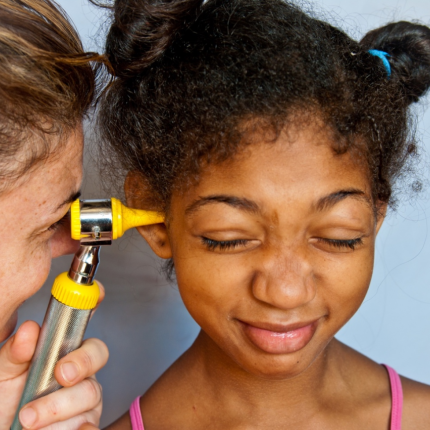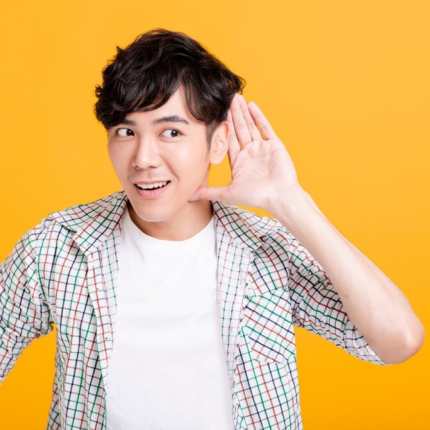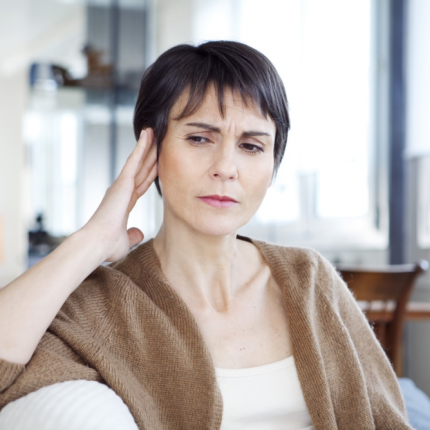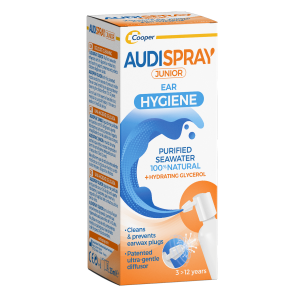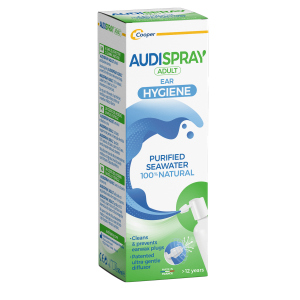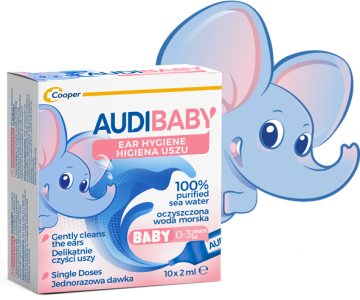Otitis is the result of an inflammation of the ear canal or cavity. It can be located in the outer ear, middle ear or inner ear. It can be of bacterial, viral or mycotic origin. Some types of otitis are common in children: acute otitis media and serous otitis media. Symptoms differ from one type of otitis to another, as do the treatments to consider. However, certain preventive measures can be taken, particularly to avoid developing otitis externa.
Otitis externa, acute otitis media, chronic otitis media, serous otitis, barotraumatic otitis... There are several types of otitis. Listen up, we'll explain!
What is otitis?
"Otitis" comes from the ancient Greek: it is the combination of - oto, for "ear", and the suffix - itis, for "inflammation". (1) Otitis is therefore an inflammation of the ear.
Inflammation is an immune defence process that occurs as a result of local injury caused by physical, chemical agents or pathogenic germs. Inflammation is usually characterised by redness, warmth, swelling and pain. (2)
Itching, pain and swelling:why does my ear hurt?
The causes, characteristics and location of the inflammation within the ear organ are what define the generic term "otitis".
The different types of otitis
A little anatomy lesson will help us understand the different types of otitis better. How does the ear work? What is it made of?
The ear is divided into three parts. First there's the outer ear, which includes the auricle and the ear canal. Then comes the middle ear: it is composed of the eardrum and the tympanic cavity. Finally, there's the inner ear. This consists of the labyrinth, which itself houses the cochlea and the vestibular system. (3)
Each of these three areas can cause inflammation and lead to a specific form of otitis. Here is a non-exhaustive list, by location:
Within the outer ear
Infectious in origin, otitis externa (OE) is located within the external auditory canal (EAC): it is an acute inflammation of the skin of this canal. In 90% of the cases, its origin is bacterial. The causes of otitis externa can be varied: use of irritant products, earplugs … Frequent swimming can also be a factor that causes infection: in that case, we refer to swimmer's ear . OE manifests itself through itching and intense pain, among other things.(4)
Find out more about the symptoms of otitis externa!
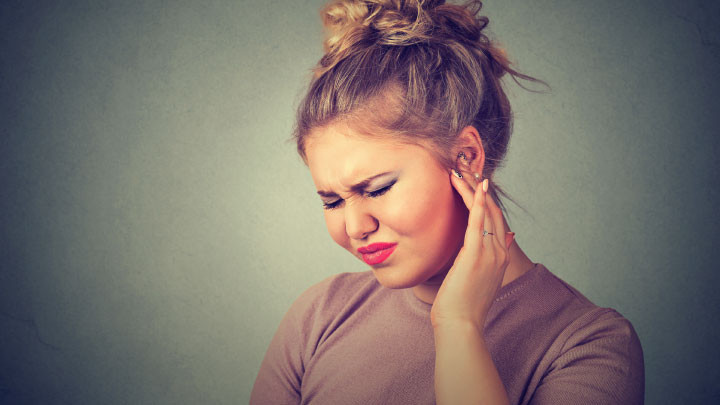
In the middle ear
Acute otitis media (AOM) is an inflammation of the mucous membrane of the middle ear. Bacterial or viral, AOM usually occurs after an episode of nasopharyngitis. It is a common condition in children, as their immune systems are not yet mature. AOM manifests itself as pain, fever and possibly yellowish discharge in the ear canal: a sign of effusion in the tympanic cavity, known as purulent otitis media. In the absence of these secretions, an acute otitis media is said to be congestive. (5)
Chronic otitis media (COM) includes all inflammatory processes in the middle ear that have been in progress for more than three months. (6) There are different types, such as serous or seromucous otitis media (SOM). This is characterised by inflammation of the mucous membrane of the middle ear with accumulation of fluid behind the eardrum. Like AOM, SOM is common in children. However, it is more likely to manifest itself as hearing loss, not pain or fever. (7)
The middle ear can also be affected by barotraumatic otitis media, caused by too sudden a change in pressure. This type of pressure-related accident can occur during a flight or scuba diving. (8)
Within the inner ear
Although not called otitis, two inner ear disorders are characterised by localised inflammation. We refer to vestibular neuritis when the vestibular nerve is involved. This pathology is mainly manifested by dizzy spells.(9)
In the case of a bacterial infection of the inner ear, we refer to purulent labyrinthitis. This can cause various symptoms: dizziness, nausea, tinnitus, hearing loss, etc. (10)
Treatment and prevention of different types of otitis
Each form of otitis has its own solution! When choosing a treatment, it is important to consider the characteristics of the inflammation as well as the individual concerned. Does the pathology affect a child or an adult? Can I define the nature, duration and intensity of the symptoms? Is the infection of bacterial, fungal or viral origin? Where is it located? For appropriate treatment, ask your doctor for advice.
With regard to prevention, you can take certain simple actions to protect yourself from different ear diseases , including external otitis:
- Adopt a regular ear cleansing routine
- Clean your ears without cotton buds
- Dry your ears well after swimming,
- Be alert to the risk of pressure-related accidents..
I've still got more to learn: how can I relieve ear pain?


